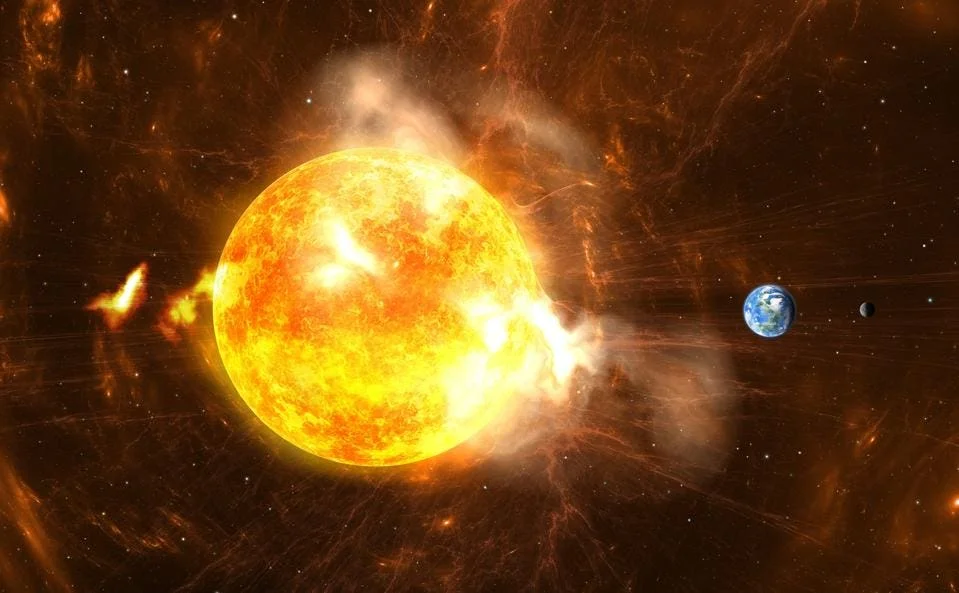
Ancient Solar Storm: A Warning From 14,000 Years Ago About Our Vulnerable Tech
Imagine a solar storm 500 times more intense than anything we've ever recorded. Sounds like science fiction? New research suggests this exact scenario played out around 14,000 years ago, near the end of the last Ice Age. This discovery isn't just a fascinating historical footnote; it's a stark warning about the potential impact of extreme solar events on our modern, technologically dependent society.
Scientists have long known about unusual radiocarbon spikes in ancient wood samples, but the true magnitude of this particular event remained shrouded in mystery. Now, thanks to a new climate-chemistry model developed by researchers at the University of Oulu in Finland, we're beginning to understand the sheer force of this ancient solar storm.
The study, published in Earth and Planetary Science Letters, pinpoints the event to around 12,350 BC. Kseniia Golubenko, a postdoctoral researcher at the University of Oulu, led the team that made this groundbreaking discovery. The team demonstrated that this cosmic event was approximately 18% more intense than the next strongest solar event.
"Compared to the largest event of the modern satellite era—the 2005 particle storm—the ancient 12350 BC event was over 500 times more intense, according to our estimates," Dr. Golubenko said.

So, how did they figure this out? The team used a specially designed model, SOCOL:14C-Ex, to simulate the effects of solar particle storms during glacial conditions. This allowed them to analyze radiocarbon data from tree ring samples recovered from the French Alps, which preserved radiocarbon signatures from the 12,350 BC event.
One important aspect of these high-energy solar storms is their ability to trigger what scientists call Miyake events. These events create radiocarbon spikes that serve as timestamps in the geologic record, proving essential for dating archaeological finds like Viking settlements and Neolithic communities.
Professor Ilya Usoskin emphasized that such dating methods allow scientists to enhance the accuracy of radiocarbon dating, reconstruct the ancient environment and study the relationship to solar behavior.

The more recent Carrington Event of 1859, which disrupted telegraph lines worldwide, offers a glimpse of the potential damage solar activity can inflict. The Halloween Storm of 2003, though weaker, caused chaos in Earth's orbit, affecting satellites. Imagine the consequences of a solar storm 500 times more powerful!
"This event establishes a new worst-case scenario," Golubenko warns. The scale of ancient storms highlights the very real possibility of similar events occurring again, and their impact on our modern infrastructure—satellites, electrical grids, communication systems—could be devastating.
This discovery serves as a potent reminder of our planet's vulnerability to cosmic events. What measures should we be taking to prepare for a similar solar storm? Share your thoughts and concerns in the comments below.